#bluetongued
Text
I've been doing a lot of volunteer fieldwork with these guys recently so I thought I might as well do an infodump about them here.
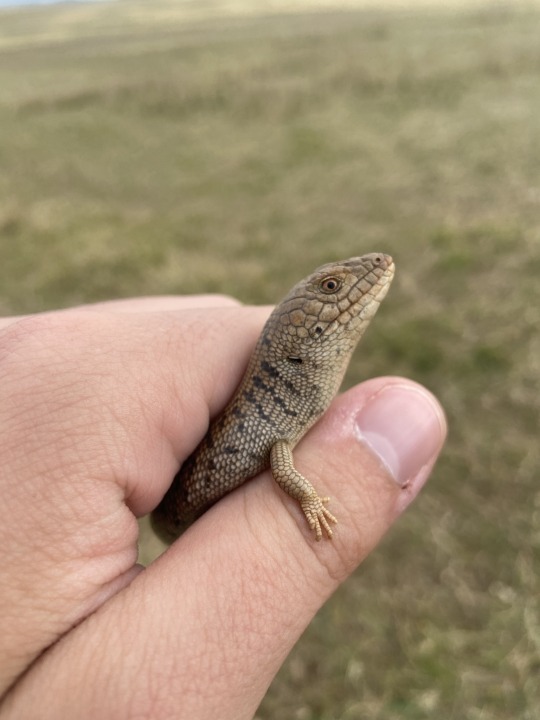
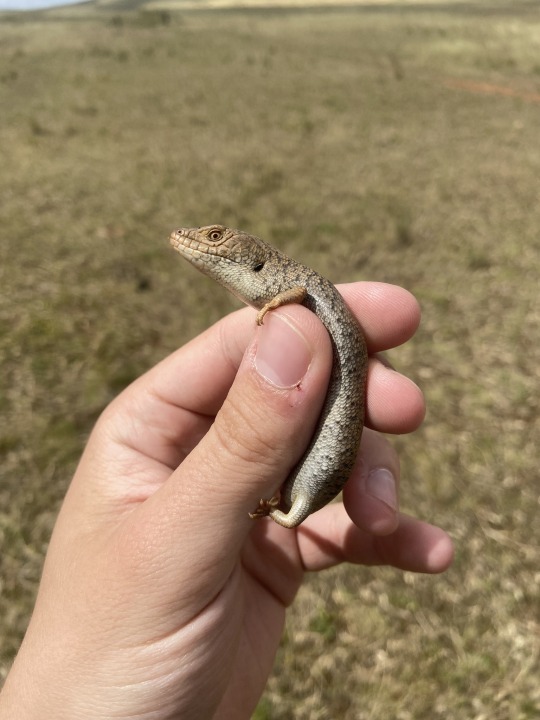
The pygmy bluetongue skink (Tiliqua adelaidensis) is one of the most unique and unusual members of the Tiliqua genus, which includes the true bluetongues as well as the sleepy lizard/shingleback. However, the pygmy bluetongue actually lacks the blue tongue the group is named after, having a pink tongue instead! As its scientific name suggests, it is quite a range restricted species, being found only in open grasslands north of Adelaide, South Australia, as far north as Peterborough. Historically they ranged more extensively across the Adelaide Plains, as far south as Marion, but due to the destruction of suitable habitat they now occur no further south than Kapunda.
While most bluetongues are notable for their large size amongst skinks, with several species regularly exceeding 30 cm in length, the pygmy bluey lives up to its name by measuring a measly average of 9 cm long from snout to vent. This is actually still a fair size compared to the average skink, but it's miniscule by bluetongue standards. Even more notable than their size however are their habits, for they are the only species of lizard that is specialised to live exclusively in old spider burrows! The burrows of both trapdoor and wolf spiders are used, but trapdoor burrows are preferred in most instances.

Pygmy bluetongues spend the majority of their lives within these spider burrows, leaving only to defecate, seek out mates and disperse. The average length of time a lizard spends in a particular burrow is highly dependant on the individual - some are sedentary and spend many years within a single burrow, while others will move around fairly frequently. As well as places to shelter and raise their young (they have parental care, it's very cute), pygmy bluetongues also use the burrows as ambush sites, waiting at the top for suitable prey, usually a mid-sized arthropod, to stray close enough for them to quickly dart out and drag them into the depths.
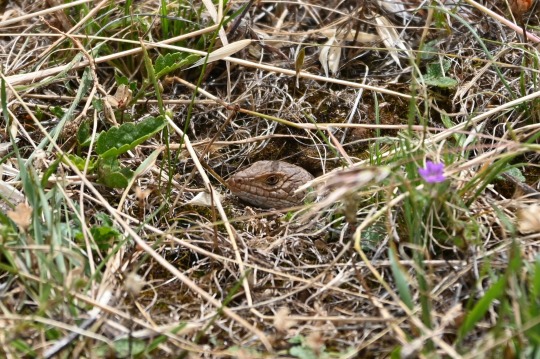
but here's the ambusher
The chief natural predators of pygmy bluetongues are raptors and brown snakes, and sheltering in the burrow is the main defence against both of these threats. Their burrows are often wide enough for a brown snake to enter, but not wide enough for them to open their mouths in - this means all the brown snake usually gets by pursuing a sheltering pygmy is an angry lizard attacking its face, forcing it to retreat.
The lazy lifestyle of the burrow-stealing pygmy bluetongues is certainly unique, and also explains why they have been such an elusive species since they were first discovered by Western scientists in the 1860s. Rarely seen or collected, their habit of inhabiting spider burrows remained undiscovered for the longest time, and by the 1960s they had become so hard to find that they were believed to be extinct. That was until, in 1992, a pygmy bluetongue was found inside the stomach of a roadkill brown snake by amateur herpetologist Graham Armstrong, confirming their status as a Lazarus of the lizard world.
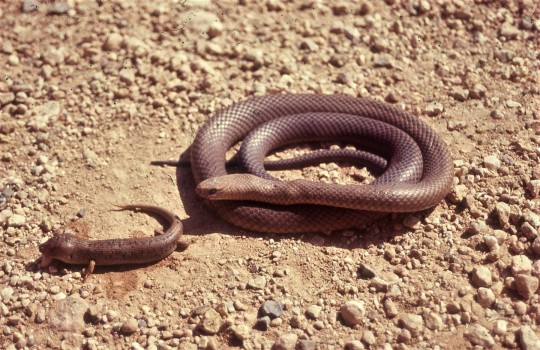
The historic rediscovery of the pygmy bluetongue
(Image credit: Graham Armstrong)
Our previous assumptions of extinction were fortunately premature, but the pygmy bluetongue skink is in serious trouble nonetheless. While they are able to live in a variety of different grassland types, both native and exotic, the extensive modification of their entire distribution through cereal cropping and urbanisation has led to their populations becoming very small and fragmented, giving them a ranking of Endangered on the IUCN Red List. Almost all of these populations are on private land (often grazed by sheep), which makes protecting and/or studying them particularly difficult and complex.
However, when it comes to future threats to the species, climate change is easily the most worrying. As Australia becomes ever hotter and drier, their small remaining distribution is likely to become largely unsuitable, threatening the existence of the entire species. To combat this, researchers are currently investigating the viability of translocating populations further south to areas with cooler climates, providing a safeguard if they do indeed disappear from their remaining natural distribution.
But how do you study a lizard that lives exclusively in small spider holes? Well, if you want to catch them, there's only one tool for the job - the humble fishing rod. Not any special fishing rod either, just a regular rod with a poor mealworm shoddily tied to the end. Using this, you can engage in a tug of war with the lizards until, if they aren't being too difficult, you're able to pull them completely out of their burrow and catch them to perform the necessary measurements and processing. David Attenborough kindly demonstrates this technique in Life in Cold Blood, although in his case the lizard was steadfast in remaining in the burrow!

the sacred tool of the mighty lizard fishermen
returned to their abode
Two additional Fun Pygmy Facts:
Fun Pygmy Fact #1 - The closest living relative of the pygmy bluetongue is the sleepy lizard!
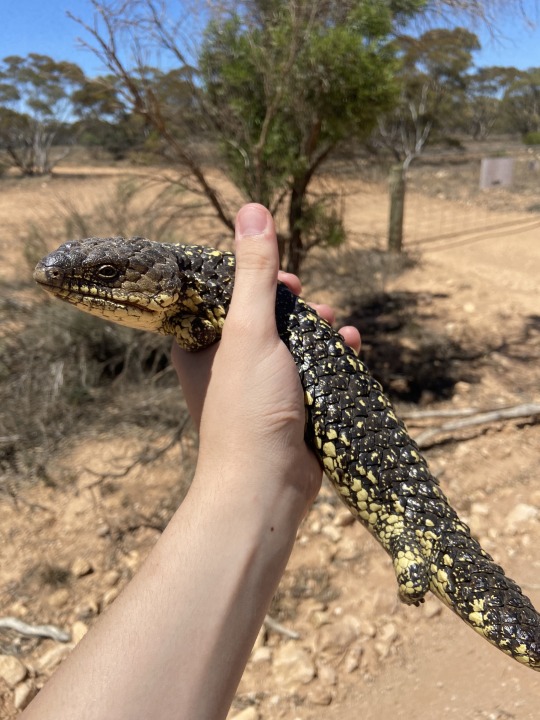
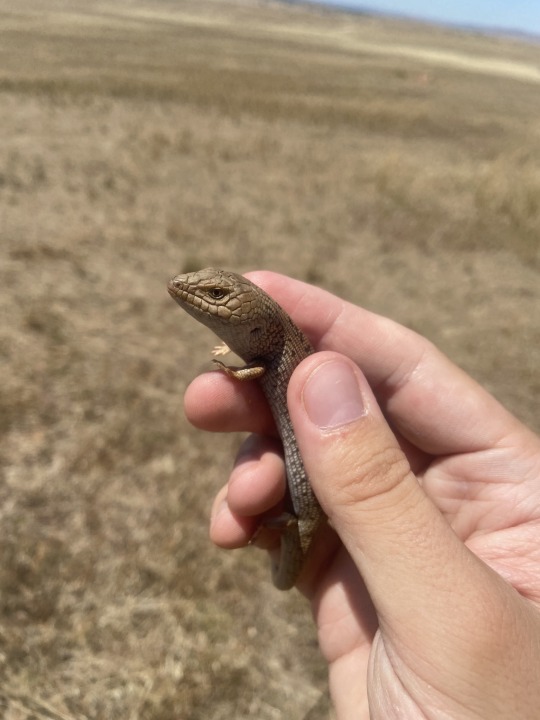
cousins!
Fun Pygmy Fact #2 - Wooden artificial burrows purpose-made for pygmy blueys have proven effective, and the lizards inhabiting them even tend to be in better body condition than those in natural burrows!

#australian wildife#wildlife#reptile#lizard#skink#tiliqua#bluetongue#animal facts#herpetology#natural history#fieldwork#infodumps#my stuff
856 notes
·
View notes
Text
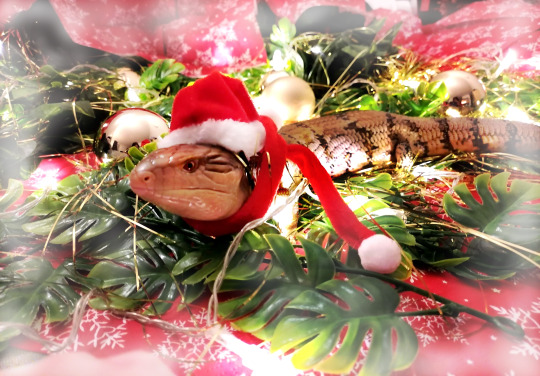
Emet wishes everyone "Merr chrismas"
169 notes
·
View notes
Text
Outside my window

Bluetongue skink. Look at his little feets 🥺
7 notes
·
View notes
Text
de Blob 2 DLC "The Masked Figure" ✨️💕

2 notes
·
View notes
Note
I get what you mean about the blue tongue lizard-skink thing, but i think calling them lizards is an Australian thing to do.
I guess that makes sense, I only heard an American speak about them once and they called them skinks
Whereas everyone here I've ever spoken to about them, and even the Australian Museum calls them that
It would make sense to call them lizards like we do, since they're from here,,, right,,,
#asks#im sorry but bluetongue skink doesnt have the same ring to it as bluetongue lizard#maybe im just. idk. being picky??? idk
7 notes
·
View notes
Text
like mad stone (to me) is commetary about phones and silicon valley and influencers and capitalism but ALSO if you listen its a story about the moutain and the mad stone at the top .
2 notes
·
View notes
Text

lorge friend get
#speaks#wyra'li molkoh#wolblogging#have not got small version yet but im sure it will come up in the very many runs i need for the rest of the noir set#do have the bluetongue tho!
11 notes
·
View notes
Text

SoulBlind and Julie
SB:
Make Julie mad as usual… before she takes me down… 👻😂
Yep... that hurt... well .... i'm dead... you know...but did it have to be from such a high place? 😭😐 .... damn it Julie... WHY!
FOLLOW ME ON
LIKE AND COMMENT!! SEE YOU SOON ! GHOSTLY KISSES!!!
👻👻👻
#dundlerkraken#hecksoul#heckworld#soulblinddg#julianebw#illustration#original character#my ocs#red head#black haired#human#ghost#blue eyes#longhair#yellow eyes#bluetongue#otherworld#all blue#whiteskin#puregirl#jokerboy#funny#cartoon#beetlejuice cartoon#inspiration#bad teeth#fangs#skinnyboy#sweet girl#best friend
2 notes
·
View notes
Text
Unveiling the Threat: Understanding the Latest Developments in Bluetongue Disease Research and Control Strategies
Introduction:
Bluetongue disease, a viral illness primarily affecting ruminant animals, has garnered increasing attention in recent years due to its global spread and impact on livestock health and agricultural economies. Characterized by fever, lameness, and characteristic blue tongue discoloration, this vector-borne disease poses significant challenges to livestock producers and veterinary…

View On WordPress
#1. Bluetongue disease#10. Epidemiology#11. Climate change impact#12. Disease control#13. Veterinary research#14. Animal welfare#15. Public health.#2. Livestock health#3. Veterinary medicine#4. Vector-borne diseases#5. Animal diseases#6. Disease surveillance#7. Vaccine development#8. Agricultural economics#9. Global health
0 notes
Photo
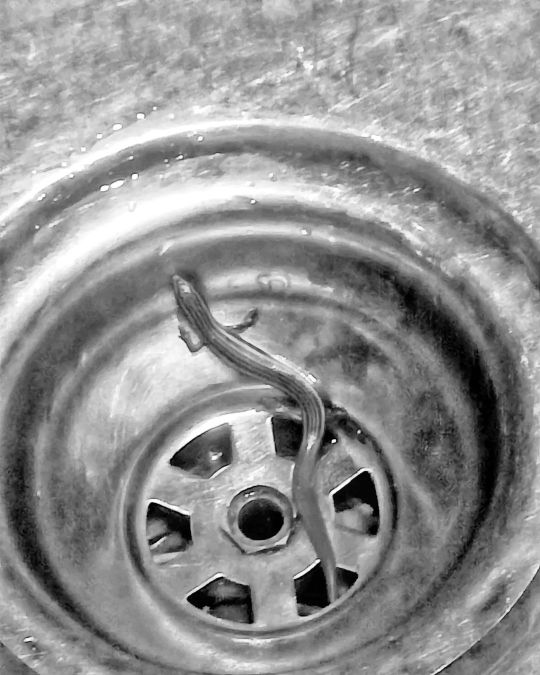
*Skink( paambu rani) 🐍 *The lizard has also a warning red line line on its sides extending to its tail end. *It is the Common Sun Skink (Mabuya multifasciata, 'Paambu Rani' or 'Paambaranai' in Tamil). *It is not a 'female snake' as it is meant by its Tamil name; but it is a clearly different and separate reptile belonging to the lizard family. *Unlike other lizards it has no neck and has only smaller legs. It moves like a snake, having a long tail. *It's a common garden skink, non-venomous,it's completely harmless! #skink #lizard #reptiles #reptilesofinstagram #reptile #skinksofinstagram #lizardsofinstagram #bluetongueskink #skinks #lizards #bluetongueskinksofinstagram #bluetongue #reptilelover #bluetonguelizard #petsofinstagram #pet #mundoskink #snake #bluetongueskinks #elrayadotattoo #guatemalart #guatemalatattoo #tiliqua #elrayadogt #reptilekeeper #inked #pets #tattooart #tattooartist #animals https://www.instagram.com/p/CoJvVyXJ1Xs/?igshid=NGJjMDIxMWI=
#skink#lizard#reptiles#reptilesofinstagram#reptile#skinksofinstagram#lizardsofinstagram#bluetongueskink#skinks#lizards#bluetongueskinksofinstagram#bluetongue#reptilelover#bluetonguelizard#petsofinstagram#pet#mundoskink#snake#bluetongueskinks#elrayadotattoo#guatemalart#guatemalatattoo#tiliqua#elrayadogt#reptilekeeper#inked#pets#tattooart#tattooartist#animals
0 notes
Text
Billie the bluetongue! A silly little critter

Billie is nonbinary, please respect them!
#animals#cute#hoodie critters#art#cute animal art#cute animals#cute art#hoodies#my art#billie the bluetongue#nonbinary#bluetongue lizard#blue tongue lizard
0 notes
Text
It's dangerous to go alone here take this

#he was VERY UPSET at me#but his alternatives where getting disembowled by my dog roddy in the backyard#so he can handle a little cosmic horror as i take him down to the dry creek near our house#this is a wild baby bluetongue#they are so so so beautiful i wish i could let them stay in my backyard but roddy has already killed 3#this is the first one i was able to save
1 note
·
View note
Text
Ulala and Pinky are both sidekick girlfriends now 💕


#de blob#de blob ulala#de blob oc#oc#de blob 2#de blob 2 pinky#ulala#pinky#sidekicks#sidekick girlfriends#ulala x pinky#bluetongue
2 notes
·
View notes
Text
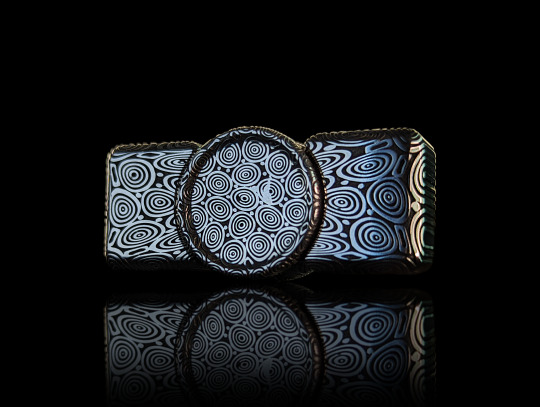


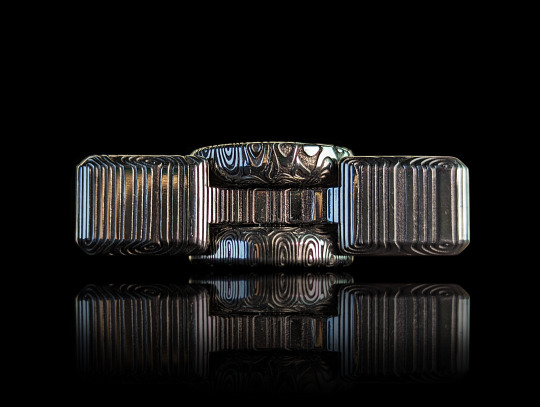


Kinetics Asia Pacific Custom Collision in Bluetongue Damasteel.
#the fidget spinner museum#fidget spinner#hand spinner#edc#kapedc#kinetics asia pacific#damasteel#bluetongue#custom collision
0 notes
Text
while i was at the vet with Lucy earlier i was stuck there for like 2hrs because they were crazy behind and it was taking them forever to get me into an exam room, which was fine bc like. i didnt have anywhere to be afterwards so i was mostly just chillin. anyway somebody who clearly owns a lot of reptiles and comes by a LOT showed up with a tupperware full of baby bluetongue skinks and of course i go over to investigate and they just kind of. Take all of them out and hand them off to the staff and then wordlessly hand me one. Some of the tamest little lizards I have ever seen literally just completely and utterly unbothered little creature
53 notes
·
View notes
Text

My old Curse of Strahd D&D party but dressed to the nines!
From left: Arinae -> Delilah -> Kairon -> Bluetongue -> Oswin -> Darvin -> Daphira -> Leo
#my art#dnd#art#dungeons and dragons#fantasy#dnd character#dnd5e#drawing#oc#elf#halfelf#halfling#wizard#paladin#cleric#rogue#dnd art#dnd party#ttrpg#dnd campaign#they're at the premiere of the movie adaptation of them defeating Strahd#RIP delilah arinae and daphira#curse of strahd
40 notes
·
View notes